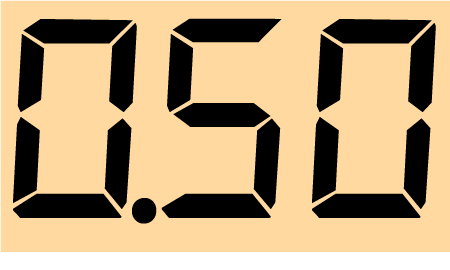
In computer interface design, there are rules of thumb about response time. Are there similar rules for 3D printing?
The idea is this: if you were to click on a web page, for example, you’re hoping the response page appears instantly. It doesn’t, of course, but can appear in a very short amount of time. If it doesn’t appear quickly enough, your mind will drift and no longer pay attention to the workflow you were executing.
Response times have been measured by experiment to show that any response faster than 0.5 seconds makes little difference in your attention, while response times greater than that do affect your attention. After ten long seconds, you’re probably thinking about something completely different and the workflow is lost. This means web designers must ensure good page speeds or else things don’t work so well.
We wondered if there was a similar phenomenon for 3D printing. For sure, 3D prints take a very long time compared to 0.5 seconds, but perhaps this question could be asked:
How long would you wait to watch an entire 3D print complete?
We suspect the answer varies by person. For those unaccustomed to 3D printing, they may sit and observe a print for quite a long time. We’ve witnessed people staring at operating 3D printers for as long as 30 minutes. They’re fascinated by the idea of an object seemingly appearing out of thin air.
But those familiar with 3D printers might have far less tolerance. For us, we’d probably wait for a print if it took a lot less than five minutes, otherwise we’re off to do something else.
Unfortunately, the print speed on most 3D printers is still exceedingly slow and these questions very rarely need to be answered today. Typical personal 3D print times are 30 minutes and up. Up to hours or even days in some cases, such that no one could possibly want or be able to watch the entire print.
Almost all the time we simply start our prints and then go elsewhere. A frequent scenario is leaving a print running overnight, simply because of the hours of waiting required.
Perhaps as print speeds continue to increase we may see a day when this changes. It may be that faster speeds may spark a competitive race for speedier printing. Today no one really cares if a print takes six hours or twelve hours (unless you’re a 3D print service bureau that has to run off as many prints as possible 24hrs a day), since in both cases we do some other distractive activities while waiting.
However, if a print completed in six minutes versus twelve minutes, that’s substantial, because it is a lot closer to our “0.5 seconds” limit. Then speed becomes a much more important factor.

